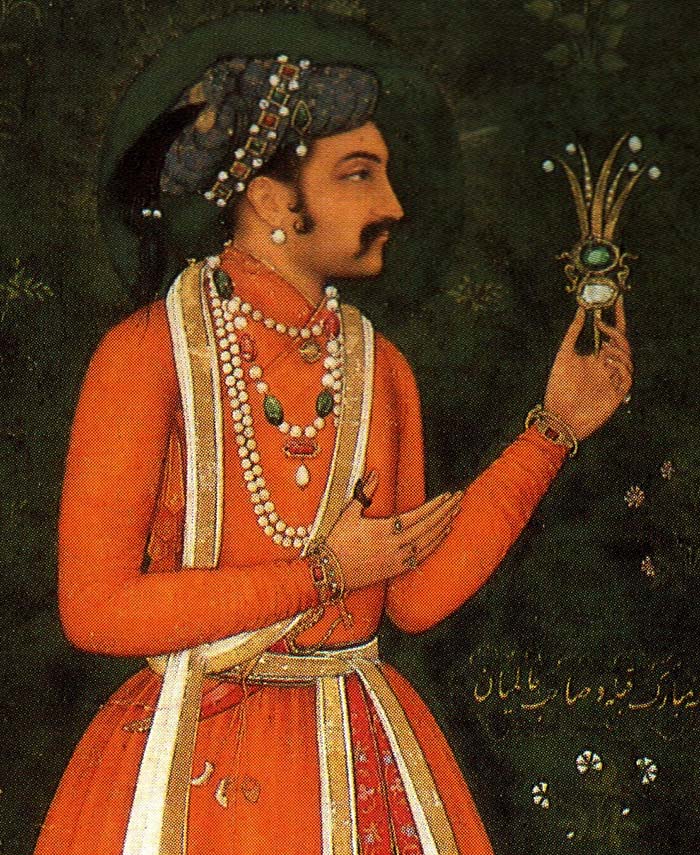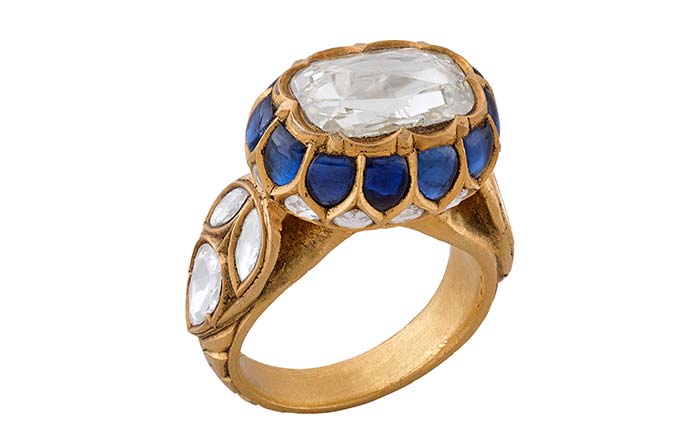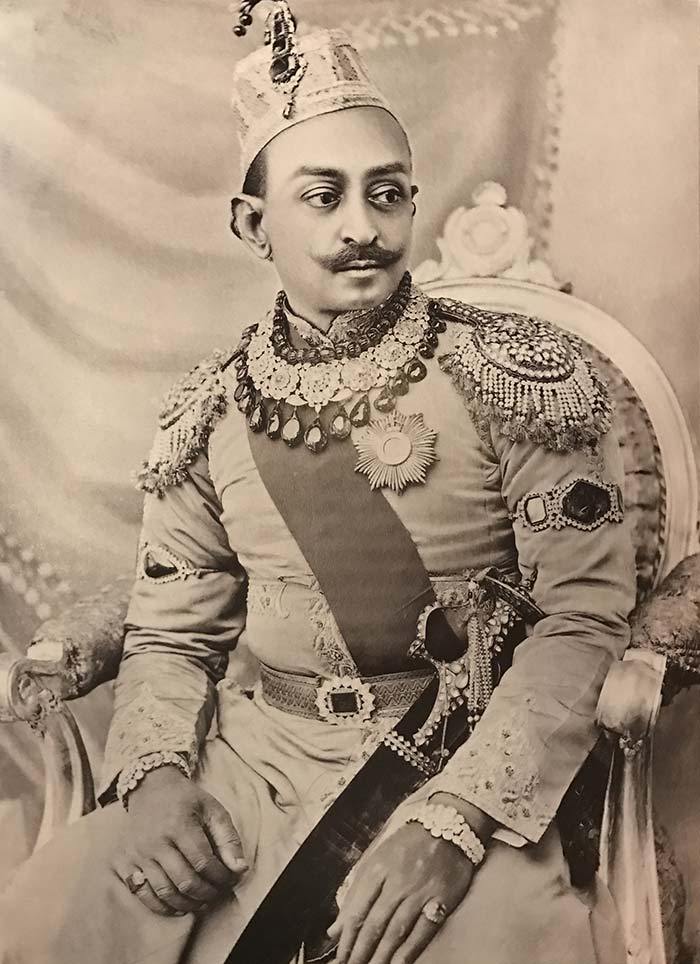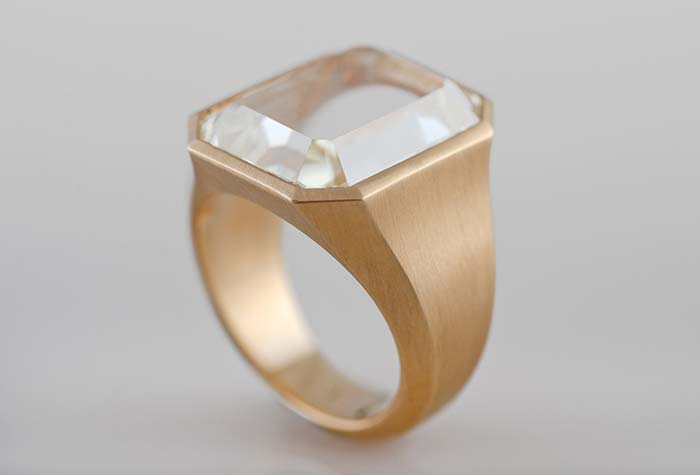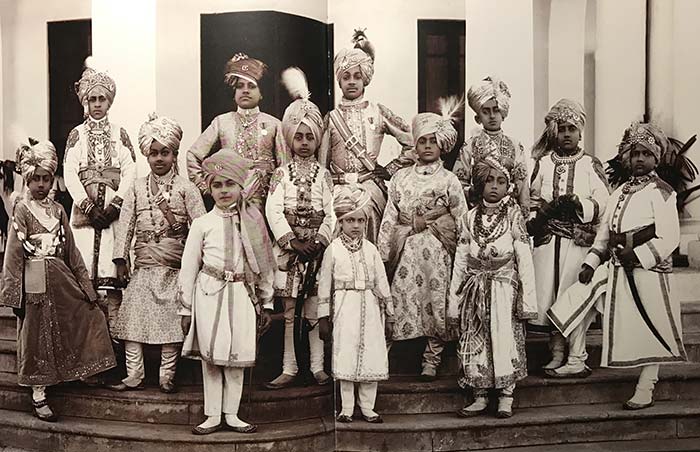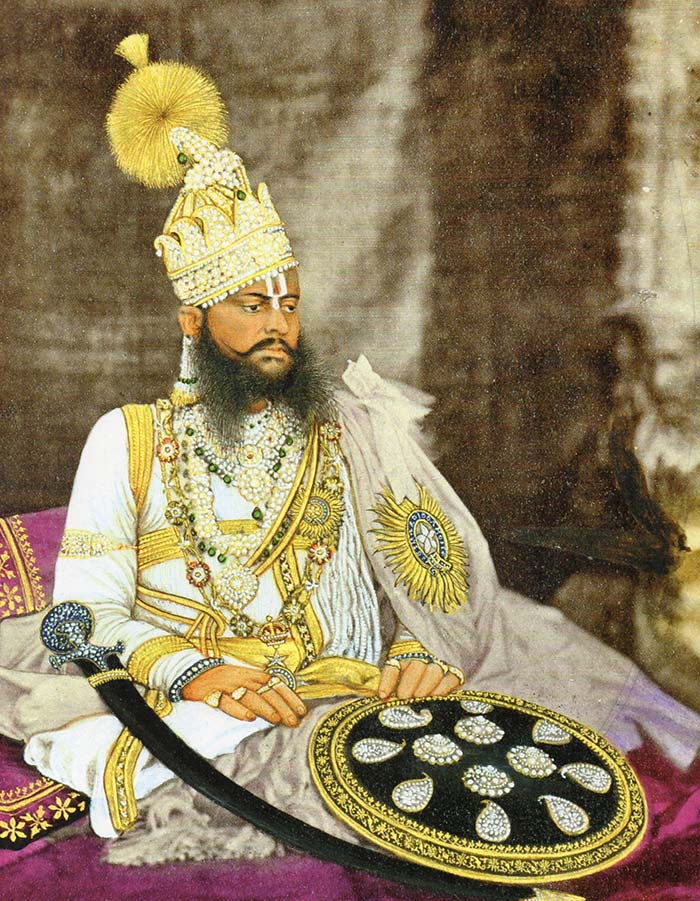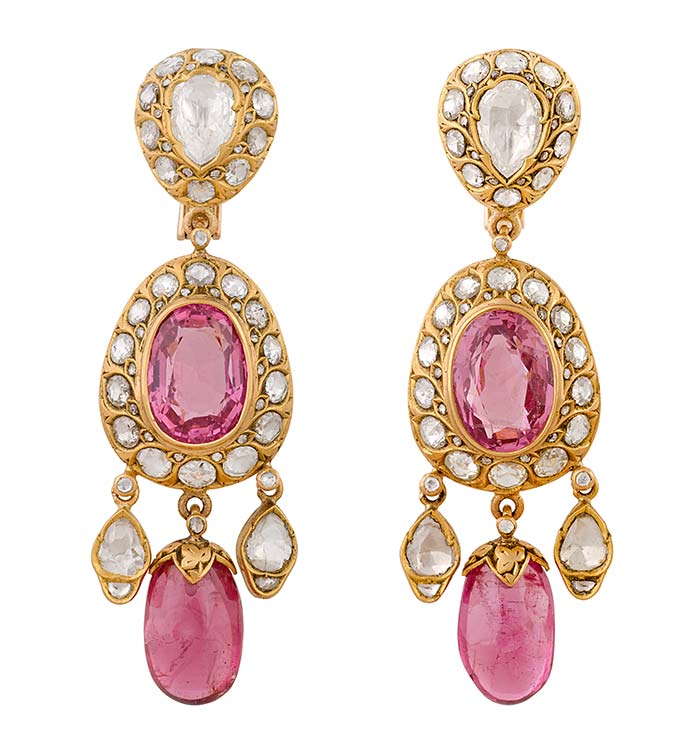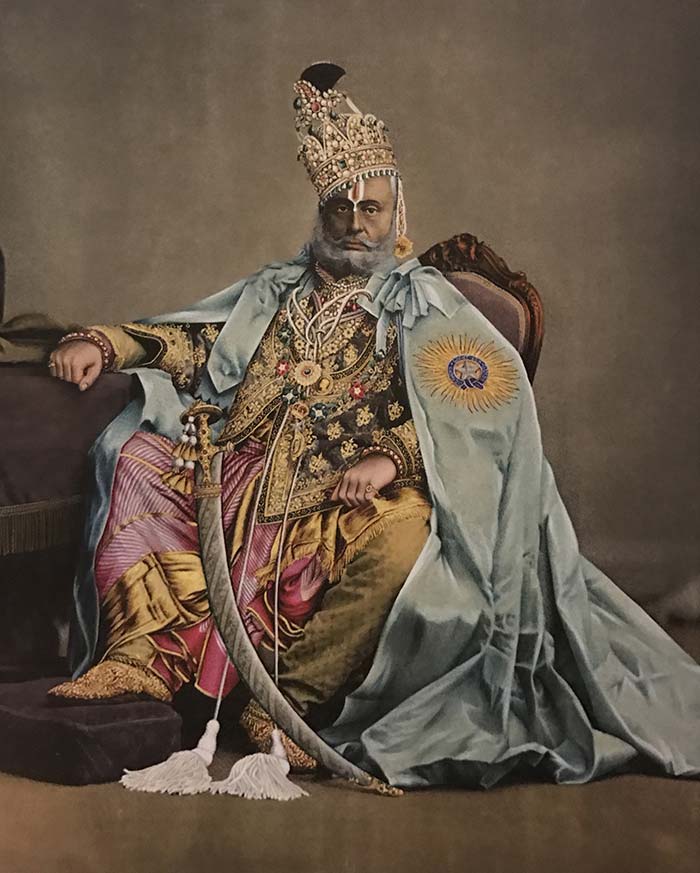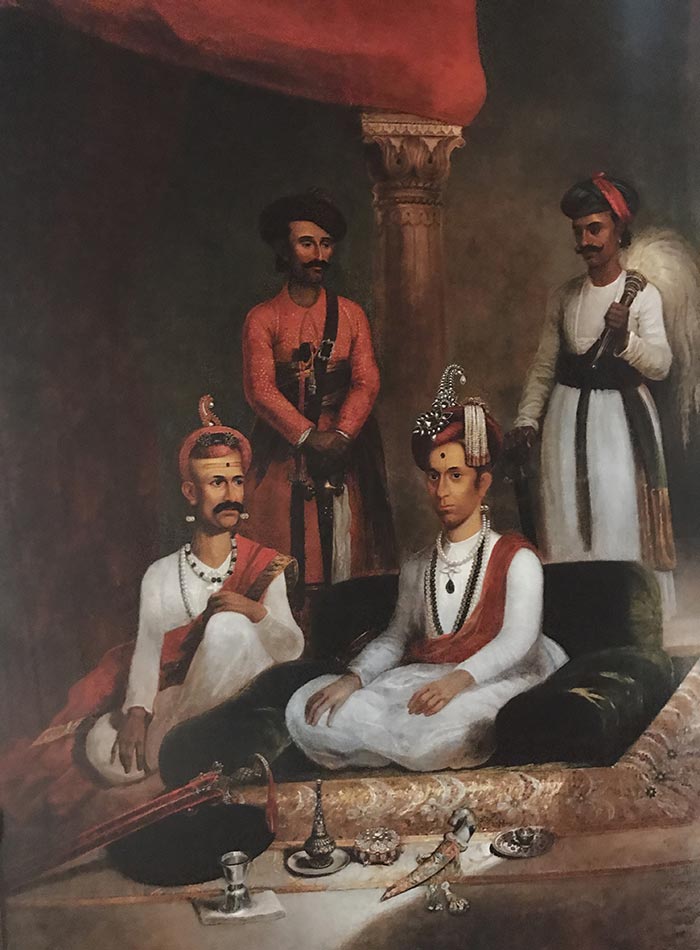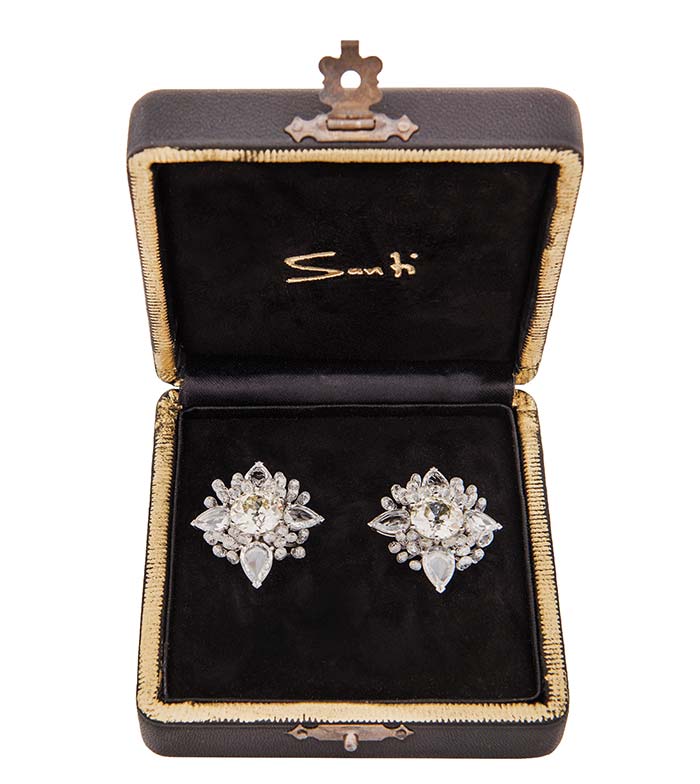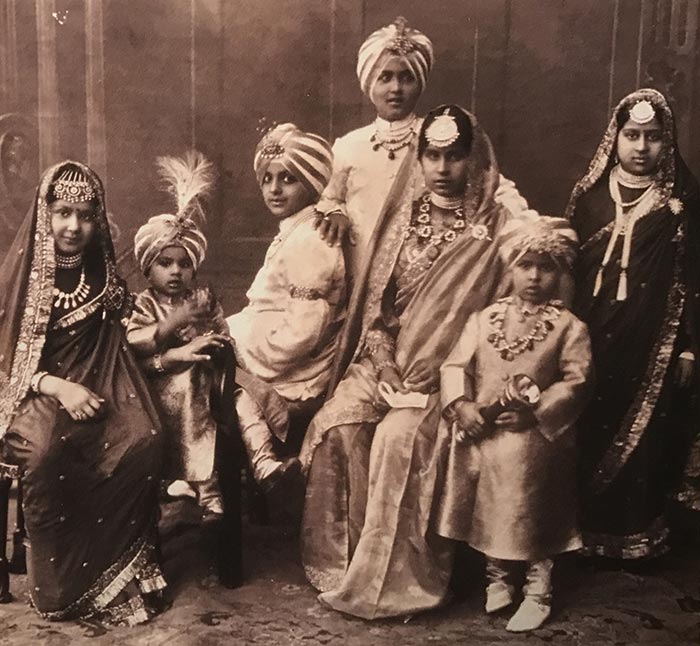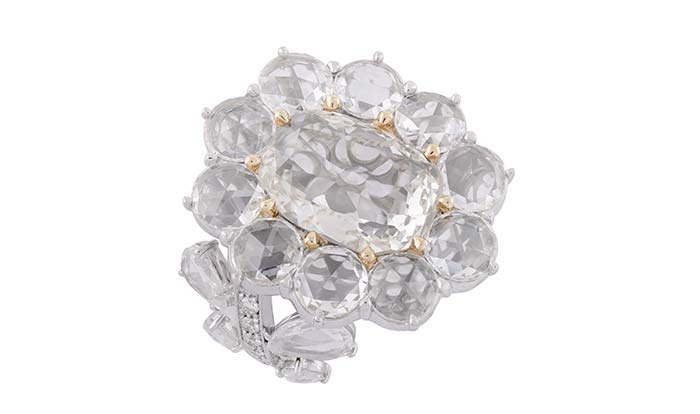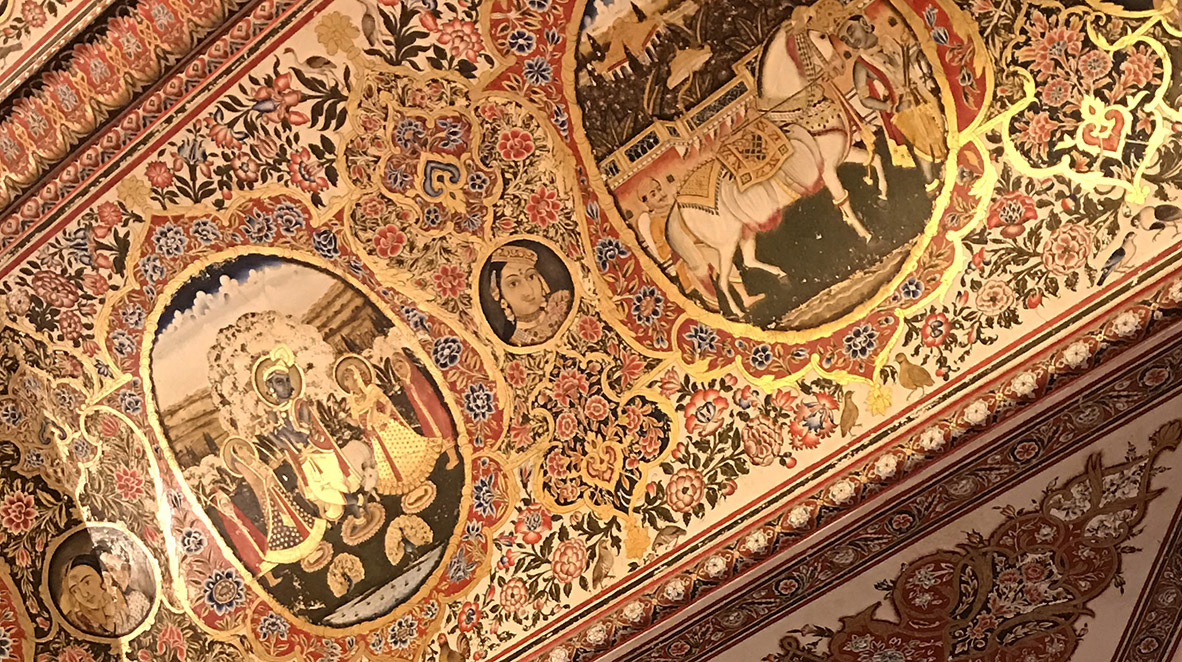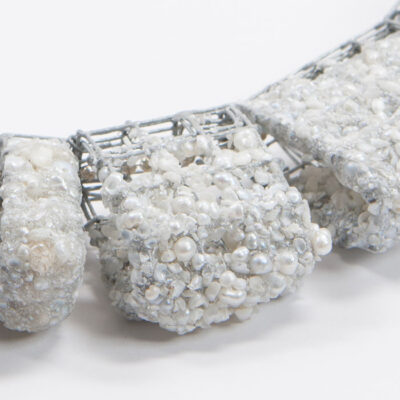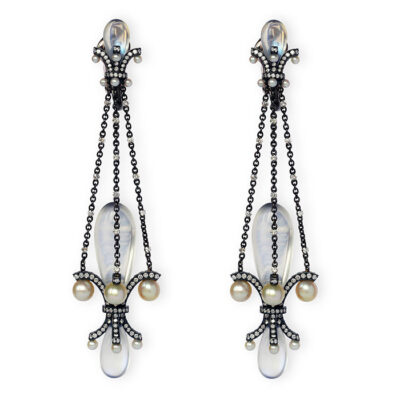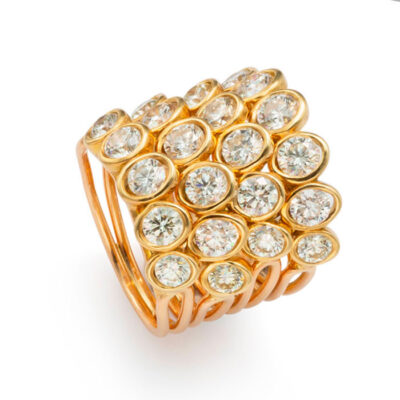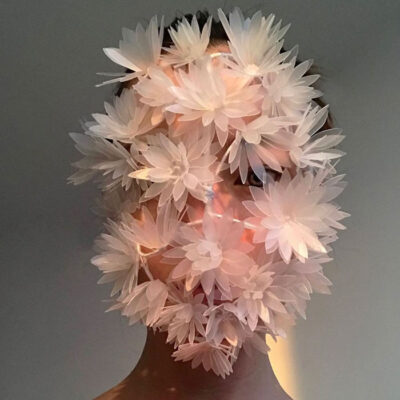Style
23 March 2017
Share
Krishna Choudhary, jeweler of Jaipur
In his showroom set up in an 18th century haveli, the jeweler Krishna Choudhary comments on some portraits of Indian princes and discusses their passion for jewelry.
The story of Royal Gems reminds me of Mellerio, which in France has just celebrated its 400th birthday…
I represent the tenth generation of the Choudhary family whose origins go back to the founding of Jaipur. Originally, we were bankers as shown in this document from 1696 which bears the stamp of a Mughal emperor. Then we became jewelers. Our contemporary creations are marked with traditional references such as the kundan setting, made with pure gold leaves worked with a stylus, the diamond table, without a pavilion and with only one main facet, and some small ones around it or old emeralds.
Miniatures and photographs are today precious testimonies of the magnificence of the fineries of maharajas?
They are of paramount importance for identifying stones and jewelry. With our knowledge and common sense, it is sometimes possible to make the connections with a stone brought by one of our customers for a special order.
Tell us about this miniature of Shah Jahan …
This young Mughal prince from the 17th century and sponsor of the Taj Mahal, like his father, had a crazy passion for jewels and stones. On this miniature, he is admiring a mineralogical version of the kalgi, a slightly curved feather aigrette, whose stems are stitched in gold decorated with stones and polychrome enamels. It is said that this stylized turban ornament would have been influenced by the European fashion of hat pins … Shah Jahan also wears an archer’s ring as required by the protocol during the ceremonies. The ultimate manifestation of this passion was his throne of unequaled sumptuousness, in gold with enameled decoration and encrusted with diamonds, emeralds, spinels, rubies and pearls.
The maharaja, Sher Singh, seems ready to go to the war and at the same time, he is highly dressed up …
The portrait is known to bear the ”Timor” ruby now owned by the Queen of England who lent it to the Al Thani collection in London in 2015. By the look of the exceptional weight of the diamond hanging from his neck, it is assumed that it is the “Koh-i-Noor” that had an eventful story to it. The emeralds on these bazubands must weigh around 150 carats each and he probably had hundreds like it … The only ones they could be compared today are exhibited at the Topkapi Museum.
On the photos, we see children loaded up with jewels …
Flat diamond necklaces, rows of pearls with engraved emeralds … Some were made especially for them, while others belong to adults. In fact, they appear completely disproportionate.
You own a very nice collection of antique jewelry, belts, stones, necklaces, bazubands, amongst others objects. Are such wonders still found in India, or are they all abroad, in museums and in private collections?
It is true that wars and dynastic rivalries have prevented most jewelry from reaching us intact. Then most were taken to pieces and sold after India’s independence. But you know, there are a lot of private collections in India … And we do have our little surprises, like in 2011, in the temple of Sree Padmanabhaswamy, in Kerala, a secret chamber filled with gold, statues, jewelry was discovered worth nearly 14 billion euros.


